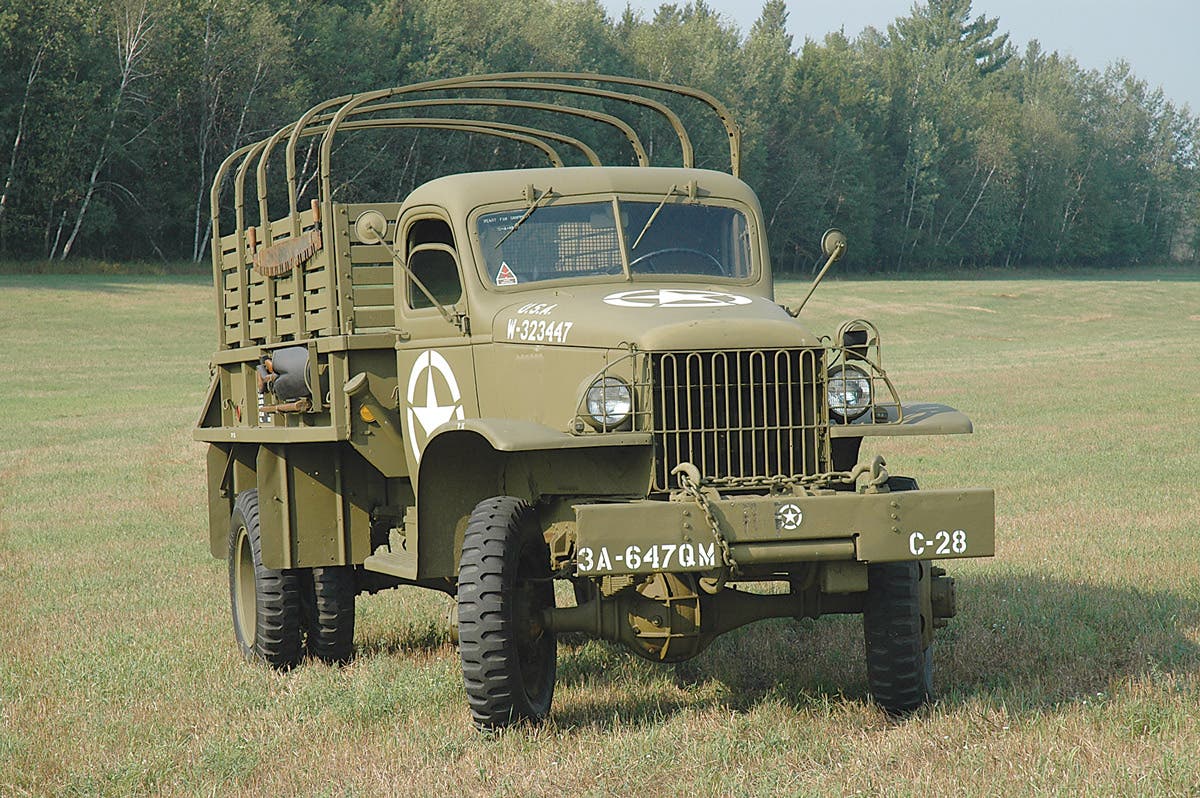Book Review: M3 Lee / Grant Medium Tank
M3 Lee /Grant is a paramount, heavily illustrated book on WW2 armor written and illustrated for collectors, modelers, reenactors, museums, and restorers .
M3 Lee Grant: The Design, Production and service of the M3 Medium Tank, the Foundation of America’s Tank Industry, by David Doyle (ISBN 978-0993564680, AFV Modeller Publications, available in the US from DavidDoyleBooks.com. Hardcover, 470 pages, 700 illustrations, mostly b/w, 2020, $79.95)
WWII armor aficionados and rivet counters, take notice: There is a new definitive work available on the venerable M3 Lee/Grant Medium Tank, and military vehicle expert, David Doyle, has provided it to us.
This volume is the most detailed study yet presented of the M3 Lee/Grant tanks, illustrating and describing the development, production, and use of these iconic vehicles by US, Commonwealth, and Russian forces during WWII. The tanks, their power plants, and production techniques used by each manufacturer are shown from assembly line to front line through this profusely illustrated book, including numerous never-before-publicly-published, vintage photos.
Like he did in his previous, paramount vehicle treatises, Doyle has relied on two principal tools: Original, vintage photography and archival business and military documentation. Doyle is a veritable maestro in sorting, deciphering, and coercing these components into a cohesive, chronological, and interpretive orchestra of pertinent data.
M3 Lee/Grant traces the Army’s desire for and subsequent development of a medium tank. Beginning with the T5/M2, the first three chapters of the book discuss the groundwork for building a medium tank and provide an overview of the resulting M3 series. Three chapters follow, each discussing various powerplants used to power the M3: radial engines in the M3, M3A1, and M3A2 variants; Diesel engines in the M3A3 and M3A5; and finally the Multi-bank engines in the M3A4. Whereas these are some of the shortest chapters in the 470-page book, the photos and captions provide sufficient information for scholars and modelers — restorers will want to add actual technical manuals to their toolboxes.
Nearly 100 pages are devoted to production and modifications, clearly delineating changes made through the entire build of the series. Serious armor fans will delight in the minutiae of details. Want to know when modifications occurred to the air cleaner and exhaust muffler? It’s covered (Chrysler implemented their “quick fix” on March 10, 1942, and American Locomotive implemented it on the first cast steel hull with serial number 2114 shipped on April 4, 1942). Curious about production dates? It’s covered (for example, serial number 1003 rolled off the Baldwin Loco production line on June 25 1941, while American Locomotive completed serial no. 1689 the following day).
But, the book doesn’t bog down on details. You will also find a discussion of unique Grant model turrets as well as how the vehicle were modified for British use (as “Lee Tanks”) through the Lend Lease Act.
Following a well-illustrated section on M3 conversions, the book turns to actual deployment with combat troops. Beginning with stateside distribution and training, the book flows into British Isles and the tank’s eventual combat debut in North Africa. The last three chapters illustrate the tank’s war record in the Far East, Australia, and finally, in Soviet service.
Doyle doesn’t leave the reader with combat records and photos, however. As he has done in his previous work, he lays the data out for all to see, and future scholars to study in an 18-page index filled with tables and charts chronicling major production figures (by manufacturer and serial number); Lend-Lease shipments; and technical specifications of primary variants.
By now, if you aren’t convinced that this book belongs in your library, let me remind you of the definitive works produced by the late premier military vehicle scholar, Richard Hunnicutt. Whereas many of us bought one or two of the “expensive books” (usually his volumes, Sherman or Stuart, far too many lament having failed to buy them when they available. Today, if a person attempts to complete their “Hunnicutt libary,” it will requires hundreds — if not a thousand or two — of dollars to do so. Don’t make the mistake of “waiting to buy this one.” It is the book on M3 medium tanks.
Arm your library with this volume. Without it, your shelf will appear to have a Panzer-sized hole where the M3 Lee/Grant should have been. — JAG
You may also enjoy:
*As an Amazon Associate, Military Trader / Military Vehicles earns from qualifying purchases.
John Adams-Graf ("JAG" to most) is the editor of Military Trader and Military Vehicles Magazine. He has been a military collector for his entire life. The son of a WWII veteran, his writings carry many lessons from the Greatest Generation. JAG has authored several books, including multiple editions of Warman's WWII Collectibles, Civil War Collectibles, and the Standard Catalog of Civil War Firearms. He is a passionate shooter, wood-splitter, kayaker, and WWI AEF Tank Corps collector.








